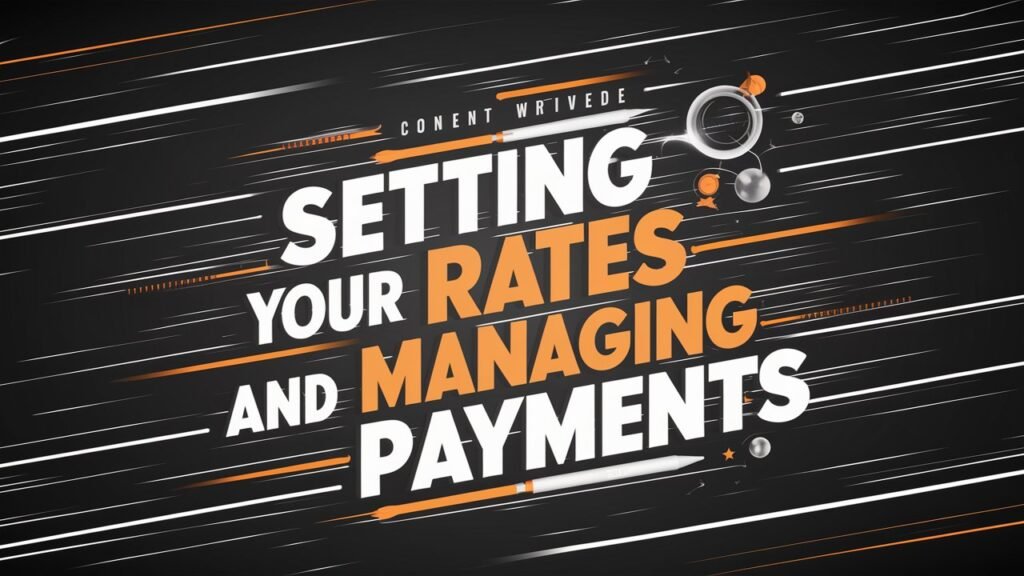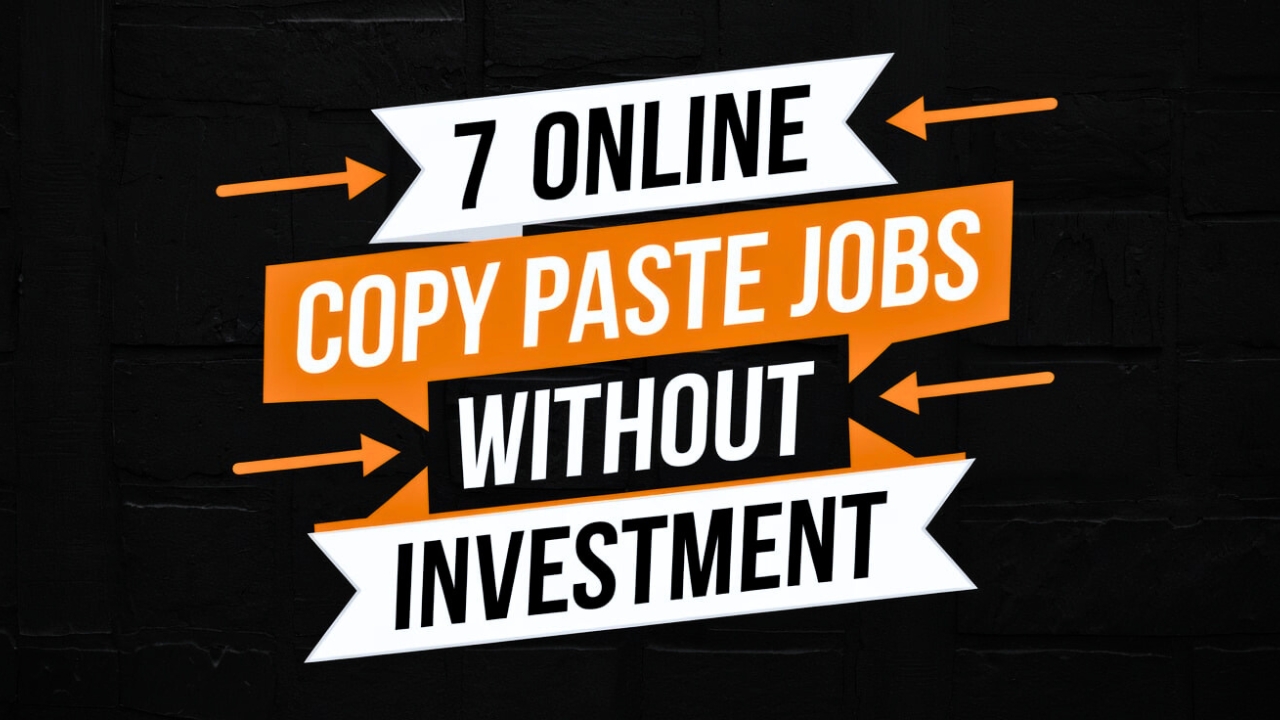Freelancing Income: A Step-by-Step Guide How To Sell Your Skills Online
One of the most fulfilling and flexible methods to make money online in the modern digital age is freelancing. Whether you’re a graphic designer, writer, programmer, or marketer, there’s a significant demand for skilled people in numerous sectors. The appeal of freelancing is its flexibility; you may choose your clients, determine your own pricing, and work from any location in the world. It also offers a great opportunity to learn how to sell your skills online, turning your talents into a profitable career.
This chapter will help you transform your talents into a reliable source of income by walking you through the crucial stages to launch your freelance career.
So let's know how to sell your skills online

1. Identifying Your Marketable Skills
Finding the abilities you can offer is the first step in starting a freelance career. Consider your strengths, interests, and what people are prepared to pay for. Typical talents for freelance work include:
Writing and Content Development: Technical writing, copywriting, and blog posts
Graphic design: branding, social media visuals, websites, and logos
Web development and programming: creating software, apps, and webpages
Digital marketing: includes email marketing, social media management, and SEO.
Editing and animating: movies for YouTube, business videos, and social media advertisements
Virtual help: data input, customer support, and administrative duties
If you’re unsure of your skills, consider taking online courses or certifications to enhance your expertise. Platforms like Udemy, Coursera, and LinkedIn Learning offer affordable options to gain knowledge in high-demand areas.
2. Choosing the Right Freelancing Platforms

Signing up for online marketplaces where companies and people look for freelancers for their tasks is one of the simplest methods to begin freelancing. Among the most well-liked sites for freelance work are:
- Upwork: A massive platform for freelancers in various industries, from writing to tech.
- Fiverr: Focuses on offering small gigs starting at $5, but you can scale your prices as you
- build credibility. Freelancer: Offers a wide range of jobs in different categories, from simple tasks to long-term projects.
- Toptal: For highly skilled freelancers, particularly in tech and finance, Toptal connects top-tier talent with high-paying clients.
- LinkedIn ProFinder: Great for professionals looking to find clients within their existing network or industries.
Once you choose a platform, you’ll need to create a compelling profile. Make sure to:
- Write a clear, concise bio: Highlight your skills, experience, and what makes you different.
- Showcase your portfolio: Include samples of your previous work to build trust with potential clients.
- Set competitive but realistic rates: Research what other freelancers in your field are charging and adjust your prices accordingly as you gain experience.
3. Building an Impressive Portfolio

Having a solid portfolio is essential to your career as a freelancer. Having a well-organised portfolio showcasing your greatest work is important since prospective clients want to see what you can do before they hire you. If you are starting and do not have much experience, think about charging less for your services or working for friends, town companies, or personal projects to develop your portfolio.
Your portfolio should include:
Case Studies: Describe the client’s issue, your proposed remedy, and the outcome.
Diverse Work Samples: Provide a range of projects in your area of expertise.
Testimonials from Clients: If you have worked with clients, get their opinions and recommendations.
4. Creating Competitive Proposals
The next stage is to begin bidding on tasks once your portfolio has been completed and your profile has been set up. Your proposal needs to differentiate itself from the competition, whether you are pitching to clients via your personal website, Fiverr, or Upwork account.
Here are some tips for creating a strong proposal:
- Personalize each pitch: Avoid using generic templates. Address the client by name, mention details from their job posting, and show that you understand their needs.
- Focus on the client’s goals: Don’t just talk about what you can do—explain how your services will help the client achieve their objectives.
- Keep it concise: Clients receive many proposals, so keep yours short and to the point. Highlight your most relevant experience and include links to your portfolio.
- Offer value upfront: Consider offering a free initial consultation or a small sample of your work to prove your expertise.
5. Setting Your Rates and Managing Payments

Determining the right price to charge for your services is one of the hardest parts of working for yourself. Your fees should reflect your talents, experience, and the value you bring to the client. As you establish your reputation, you can modify your rates based on an analysis of what other freelancers in your niche are charging.
There are commonly two price models for freelancers:
- Hourly Rates: Bill clients according to the amount of time you work on their assignment. This paradigm functions best for ongoing projects or ones with erratic scopes.
- Fixed Project Rates: Charge a fixed cost for the entire project. For projects with well-defined deliverables and a well-defined scope, this is excellent.
Make sure you have a dependable method in place for collecting payments after a project is finished. Secure payment solutions are provided by the majority of freelance platforms, but if you are working alone, well-liked choices include PayPal, Payoneer, and Wise.
6. Managing Your Time and Projects

Freelancing offers flexibility, but without proper time management, it can become overwhelming. As a freelancer, you’re responsible for managing multiple clients, meeting deadlines, and keeping track of your own business operations. Here are some tips to stay organized:
Use project management tools: Trello, Asana, and ClickUp are a few examples of applications that may be used to organize projects, deadlines, and client communications.
Set clear limits: Just because you work from home doesn’t mean you should be available 24/7. Decide on working hours and let your clients know what they are.
Set task priorities: Prioritize projects based on importance and divide more complex tasks into smaller, simpler ones.
7. Growing Your Freelancing Business

Once you’ve gained some experience and built a steady stream of clients, the next step is scaling your freelancing business. Here are a few strategies to take your freelancing career to the next level:
Forge lasting connections by concentrating on providing outstanding work and keeping lines of communication open with your clients. Regular customers save you time by avoiding the need to continuously look for work and offer steady income.
Expand your skill set and offer supplementary services as you develop to diversify your offerings. Offering SEO services, for instance, can increase your value to clients if you are a writer.
Build your own brand use your website, social media accounts, and business networks like LinkedIn to establish a powerful online presence. Share insightful articles, advice, and other helpful resources to establish oneself as a subject matter authority.
Conclusion
One of the best ways to become financially independent and achieve job you enjoy is to freelance. The world of freelancing is full of opportunity, whether your goal is to make your side project your full-time job or simply enjoy the flexibility that comes with working from home. You can develop a successful freelancing career and become an expert at selling your abilities online by implementing the tactics described in this chapter.
Frequently Asked Questions (FAQs)
What is freelancing?
Working on your own and providing clients with services on a project basis—usually online—is known as freelancing.
What skills are in demand for freelancers?
Digital marketing, web development, graphic design, content writing, and virtual help are among the in-demand abilities.
Which freelancing platform should I choose?
Platforms like Upwork, Fiverr, and Freelancer are great for beginners, while Toptal is for highly skilled professionals.
How can I build a portfolio as a beginner?
Start with personal projects or offer services to friends and local businesses to showcase your work.
How do I grow my freelancing business?
Build long-term client relationships, expand your services, and create a strong personal brand online.





Pingback: Daily 100 Rupees Earning App 2025